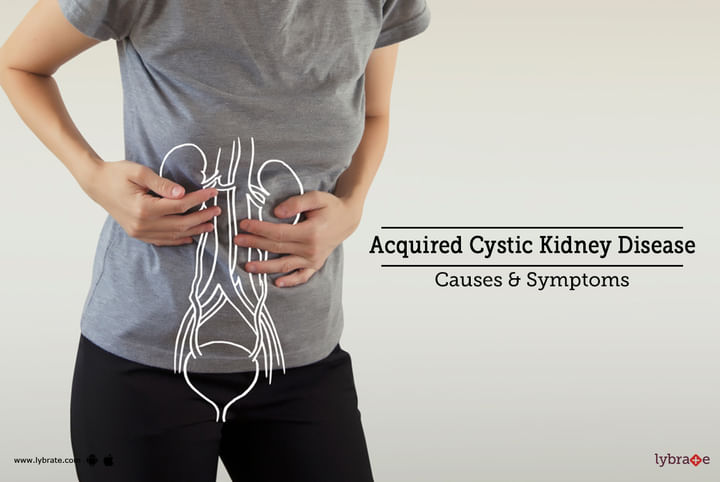Acquired Cystic Kidney Disease - Causes & Symptoms
Acquired cystic kidney disease refers to a condition where a person’s kidneys develop cysts (sacs filled with a fluid). The disorder is common in adults and children who suffer from either end-stage kidney disease or chronic kidney disease.
Both chronic kidney disease and end-stage renal disease warrants regular dialysis to compensate for the improper functioning of the kidneys. Dialysis increases the risk of developing ACKD.
However, you should not confuse acquired kidney disease with polycystic kidney disease. Here is a look at how the two conditions differ.
Polycystic kidney disease V/s acquired cystic kidney disease-
-
Polycystic kidney disease (PKD) is caused due to a faulty or problematic gene. On the other hand, ACKD can affect anyone irrespective of his or her genetics.
-
Patients suffering from polycystic kidney disease have large-sized kidneys, while people suffering from acquired cystic kidney disease have normal sized or small sized kidneys.
-
PKD leads to cyst formation in the liver and other parts of the body, but in case of ACKD, the cysts are only formed in the kidneys.
Cause for acquired cystic kidney disease-
The exact cause for the cyst formation inside the kidneys remains unknown. However, since the cysts are limited to the kidneys, the process responsible for the disease most likely also originates within the organ.
Symptoms of ACKD-
The disease does not have any signs as such, but complications may arise from the cysts formed inside the kidneys. These complications will have certain symptoms and signs like:
-
If a cyst gets infected, a person may experience pain and fever
-
You may observe traces of blood while urinating, which is indicative of a bleeding kidney cyst
-
People suffering from ACKD are more likely to develop cancerous tumours in their kidneys
Treatment for acquired cystic kidney disease-
If no symptoms are apparent, the disease does not require any treatment. However, if you suffer from complications due to the presence of cysts in the kidneys, you may need to undergo treatment, which involves both minimally invasive procedures and open surgeries.


+1.svg)
